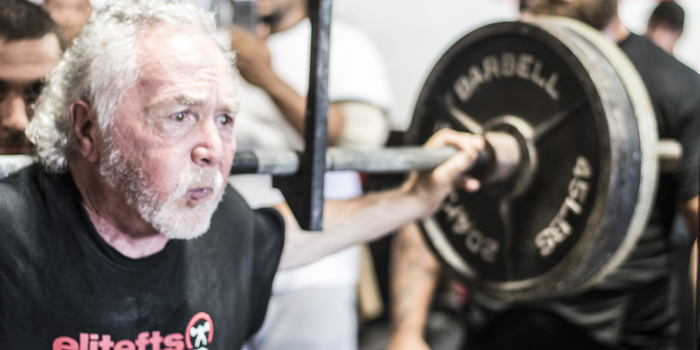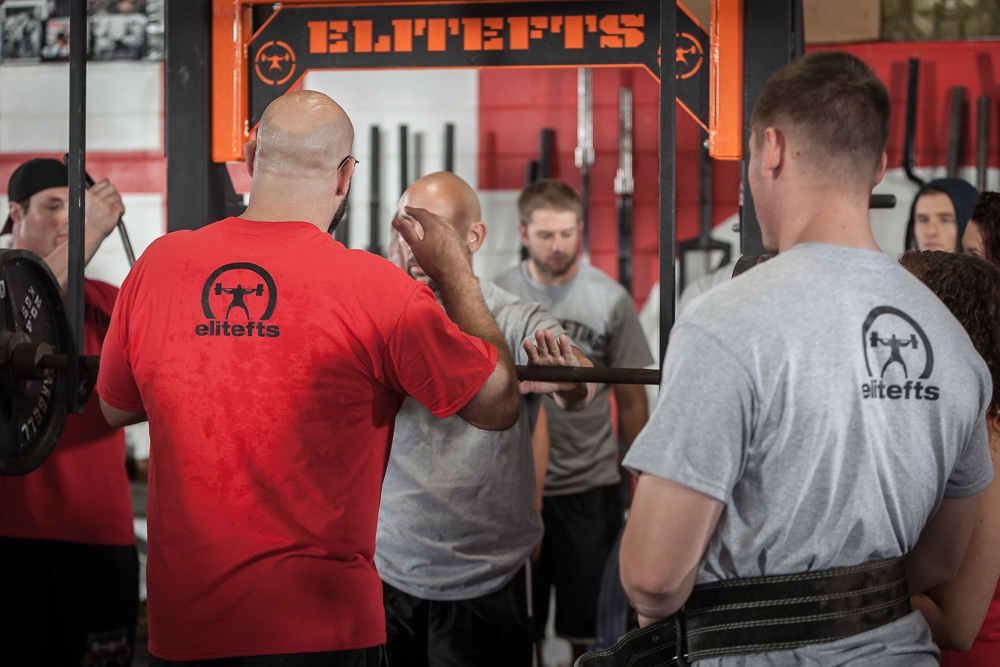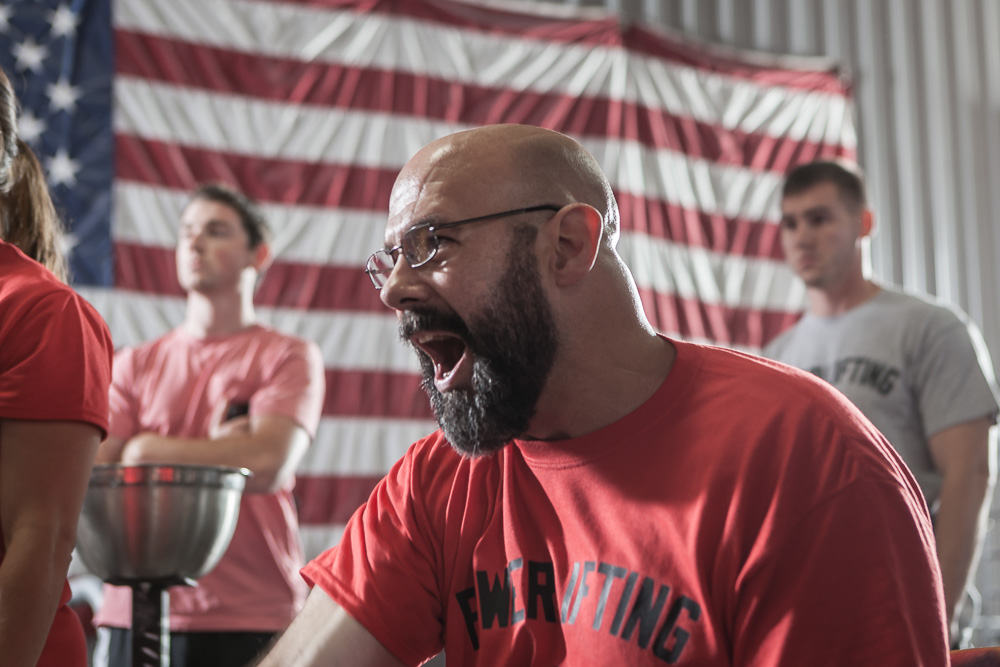
Head up, shoulders back, eye on the ball, watch the front of the rim, be baseball ready. Cues, cues, cues.
We have heard them all of our athletic lives from coaches and instructors. Some take, others don't. Have you ever received a cue or instruction and tried to execute it, and try and try but not exactly get it, but come close, you think? Then one day on your own time, in your own way, it hits you. Without thinking, you execute the cue perfectly. Thereafter, you own it. You may still have other areas to perfect, but you own that cue forever. It has to do, in part, on how we are taught. More importantly, it has to do with how we learn. That is what I want to discuss today.
As so often is the case, when I talk about an area in which I do not have a formal education, I must offer a disclaimer. My degrees are not in the field of education. I do not have certification as a teacher. However, I have taught academic subjects from middle school, to high school, to junior college, to a small university. I have also coached various sports from little kids to adults. If, however, I misspeak, there are a number of teammates who are educators who can correct me.
Many cues are easy to learn. Keep your head up: Not difficult to do. A good cue that keeps your head from going forward and aligns your back from your neck to your ass. Be baseball ready: A simple sounding cue which is the finished product of a multiple instruction. It means get your head up, your ass down, your feet shoulder width apart, and glove in a position to field the ball.
My favorite cue is one I learned a the LTT7 weekend. I was attempting a max squat and was having a little difficulty. From somewhere behind me, in a voice that rattled the rafters, I heard. "Drive your fucking head." I did and came right up. I turned around and there was Bob Youngs with a smile on his face. It's a cue I use today and one that I teach. I wish the weekend were longer so I could have learned more from him.
We all learn in different ways, at different rates, at different times. There are those who can read about something and do it. There are those who can see it done and do it. There are those who can be told how to do something and do it. And there are those who must do it, hands-on, to do it. Most of us learn from a combination of these methods, if not all of them, in our own time. With regard to powerlifting, as with most sports, better athletes respond better and seem to learn quicker. We must have the patience of Job in teaching some of our trainees.
It is incumbent upon us as teachers to give our students every opportunity to learn. We must use all of the methods at our disposal to make sure our people understand and execute. A way that I use is as follows:
1. I describe as well as I can to articulate what I'm trying to teach.
2. I say it all again as I demonstrate what I'm saying.
3. I say it again (all again( as I ask the trainee to do it, stopping along the way to see that the execution is correct.
4. If necessary, I demonstrate again.
5. I then ask the trainer to do it again without too much talk. Hear about it, see it, do it. All of it, or it's pertinent parts, get repeated as necessary.
I have noticed that some really good lifters and teachers take some things for granted. If you want someone to execute properly, it is my experience that you must start from the very beginning of the lift and assume the trainee knows absolutely nothing. Feet, hands and bar position need to be taught from the outset. Then the list of 100 cues can be implemented. It is also important, at least for me, to explain the reason for each cue. When I was told to bend the bar or pull it apart on the bench, I did so. When it was explained to me that it kept my elbows tucked in, I made a more concentrated effort to do so. The same with most of the rest of the cues.
Once a trainee can execute the basics of the lifts, I have learned from the best, that the set-up for each lift is all important. From Dave Tate and Vincent Dizenzo, that the bench press set-up directly determines the outcome. From Donnie Thompson, that if "you set-up the squat right, it goes up right." From Bob Youngs, if you master the sumo technique (he said I have the ugliest sumo deadlift he has ever seen) you can lift anything. While these outstanding lifters are also outstanding coaches, that is not always the case. Some great athletes do things so naturally it is difficult for them to articulate every minute detail in teaching meticulous technique.
Once that is accomplished (no small feat), it is time to add weight. I learned from Matt Wenning, that once an individual can execute a lift with good form, add weight until that form breaks to see where the weaknesses are.Then those weaknesses can be addressed and corrected.The body does strange things under stress. Knees buckle on the squat, we squirm around on the bench, and our asses come up too high on the deadlift. Good teachers like Wenning can fix these things. Inasmuch as we aspire to be good teachers, we can learn to fix them as well.
There is an old adage used in arguing to a jury that says, "Tell them what you are going to tell them, then tell them, then tell them what you told them." This all can be done without repetition by the use of stories and analogies. I have found this to be applicable in teaching not only academic subjects, but powerlifting as well. Stories, examples and analogies are great teaching tools. Often a student remembers the story rather than anything else. I often use the story of Bob Youngs screaming at me to "drive my fucking head." In trying to get young men to snap their hips through on the squat and deadlift, I tell them to imagine a girl in front of them. It works.
Inasmuch as there are many ways to learn, it is incumbent upon us as teachers to explore many ways to teach. To use sports analogies when applicable, and life analogies when applicable. Whatever it takes and whatever works to ensure the people we train understand and execute.











